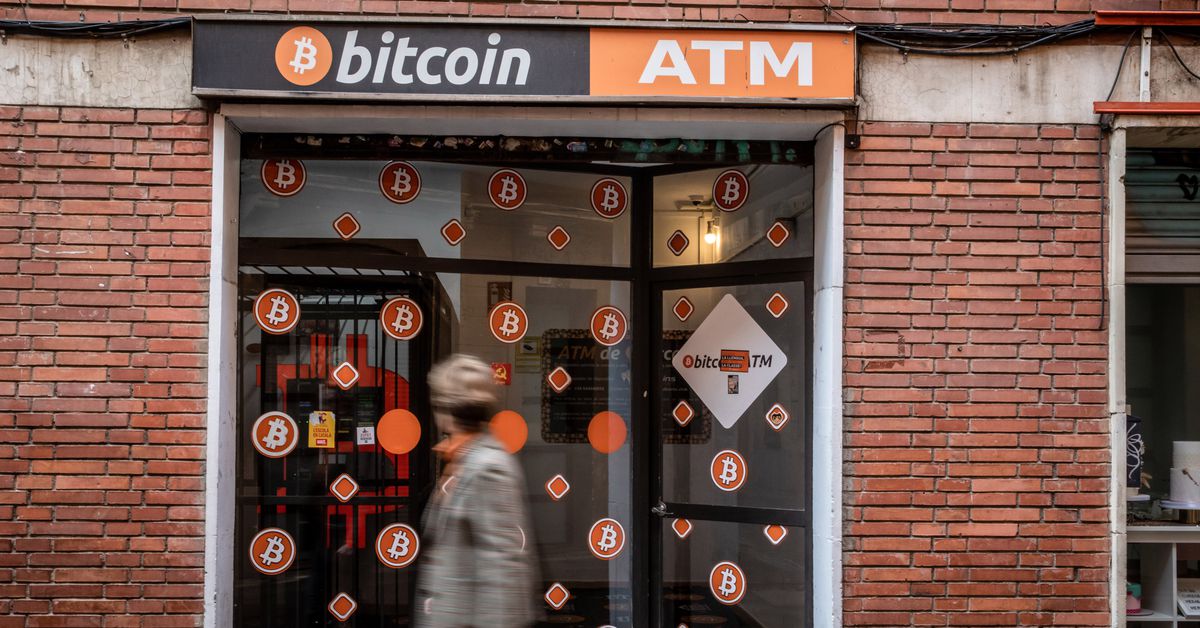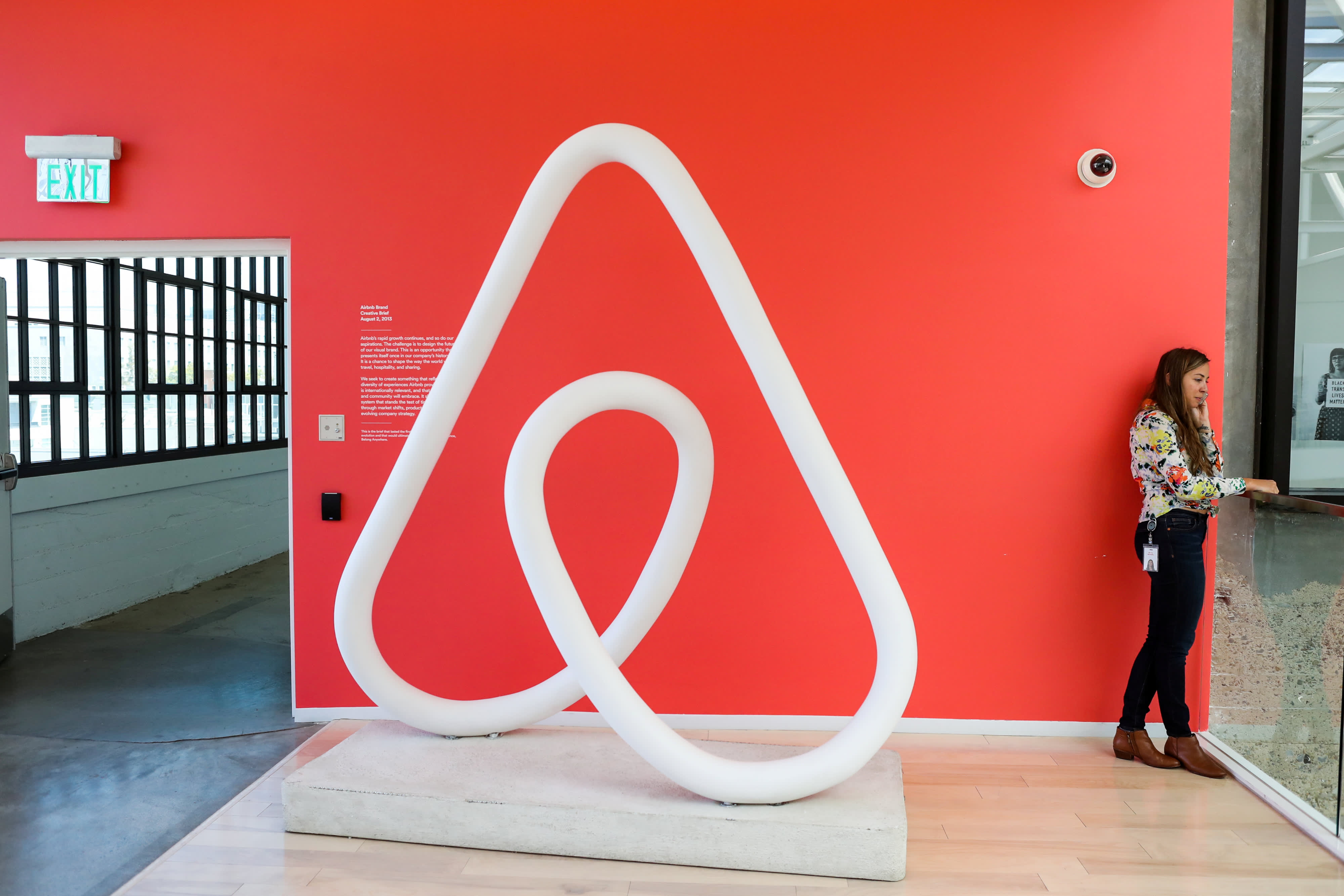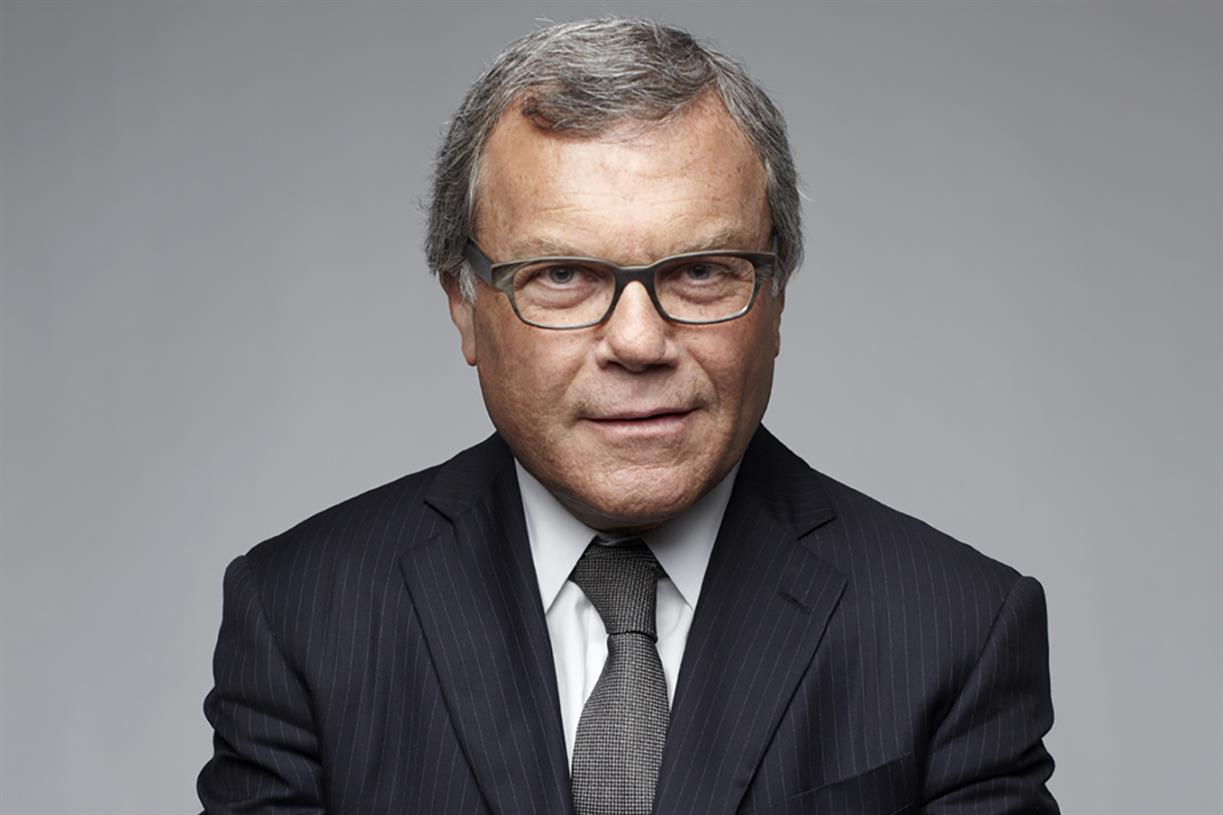Instagram internal research: ‘We make body image issues worse for one in three teen girls’
Illustration by Alex Castro / The VergeHow bad is Instagram for the mental health of its younger users? It’s a hugely important question, especially with Facebook planning to launch a version of the app for children. A new report...

How bad is Instagram for the mental health of its younger users? It’s a hugely important question, especially with Facebook planning to launch a version of the app for children.
A new report from The Wall Street Journal suggests the answer is “pretty bad,” based on internal research conducted by Facebook that it’s been unwilling to share with the public. The WSJ recently got access to these in-depth studies, which paint a bleak picture of the detrimental effects Instagram has on its younger users, particularly teenage girls.
For this latter group, Instagram is a powerful engine for “social comparison” — when one judges one’s own value, attractiveness, and success based on comparisons with others. Teenage girls are often blasted with images of idealized bodies on Instagram, appearing as adverts, images in their feeds, and content in the app’s Explore page. This often has a negative affect on these users’ mental health. As one slide from an internal Facebook presentation put it: “We make body image issues worse for one in three teen girls.” (The figure referred to teenagers who already reported body image issues of some type.)
The report from The Wall Street Journal is worth reading in full, but here are some highlights from Facebook’s internal research into the effect Instagram has on younger users:
One study by Facebook of teen Instagram users in the US and UK found that more than 40 percent of those who reported feeling “unattractive” said the feelings started when using Instagram. Research reviewed by Facebook’s top executives concluded that Instagram was engineered towards greater “social comparison” than rival apps like TikTok and Snapchat. TikTok is more focused on performance and Snapchat on jokey filters that “keep the focus on the face.” Instagram, by comparison, spotlights users’ bodies and lifestyles more often. Teens told Facebook’s researchers that they felt “addicted” to Instagram and wanted to check it less often, but didn’t have the self-control to rein in their usage. “Teens blame Instagram for increases in the rate of anxiety and depression,” said internal research by Facebook presented in 2019, and that “This reaction was unprompted and consistent across all groups.” Facebook found that among teens who said they had suicidal thoughts, 13 percent of UK users and 6 percent of US users said these impulses could be tracked back to the app.Such findings are significant in their own right, but become particularly damning for Facebook when compared with the evasiveness of its public statements. As the WSJ notes, the company’s top executives, including CEO Mark Zuckerberg, have been quizzed by politicians like Senator Richard Blumenthal on the effects of its apps on younger users, but have not disclosed anything like the detailed findings created by its own internal studies. According to the WSJ, the company told senators that its research was proprietary and was “kept confidential to promote frank and open dialogue and brainstorming internally.”
Sen. Blumenthal told the WSJ in an email: “Facebook’s answers were so evasive — failing to even respond to all our questions — that they really raise questions about what Facebook might be hiding [...] Facebook seems to be taking a page from the textbook of Big Tobacco —targeting teens with potentially dangerous products while masking the science in public.”
Facebook has made attempts to deal with these issues through changes to Instagram’s user interface, like an experiment to hide like counts (a metric that teens told Facebook made them anxious). But the company said this change didn’t seem to have much affect.
“It turned out that it didn’t actually change nearly as much about … how people felt, or how much they used the experience as we thought it would,” Instagram chief Adam Mosseri told reporters in May. “But it did end up being pretty polarizing. Some people really liked it, and some people really didn’t.” Instead of rolling out the change to all users, Instagram kept like counts on by default but gave users the option to turn them off.

 ShanonG
ShanonG 































